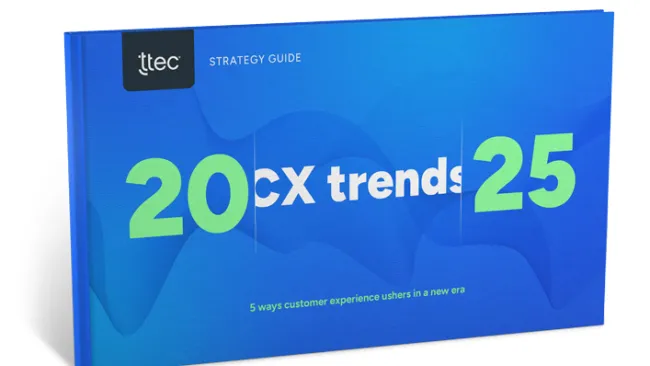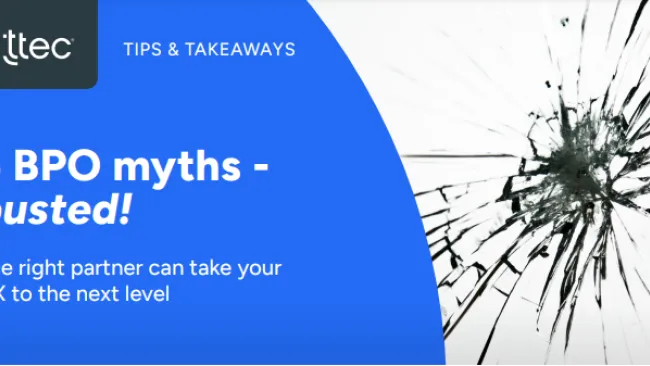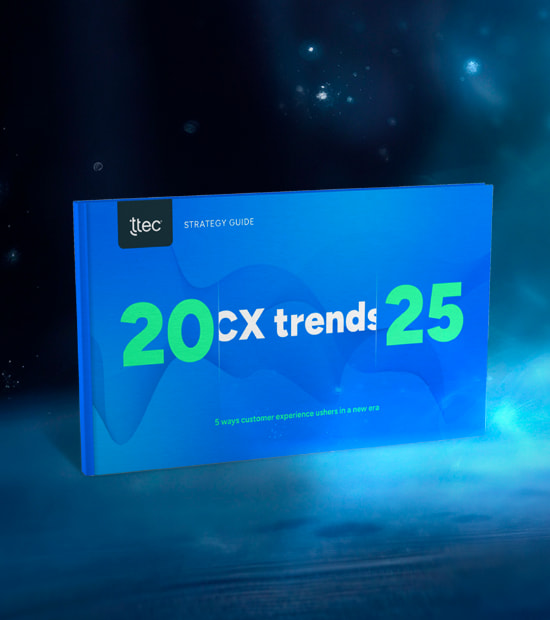Digital-first: it’s top of mind for many brands that want to meet modern customers’ demands and keep up with (and surpass) competitors. Yet many companies still aren’t grasping what the concept truly means.
One of the biggest obstacles to becoming digital-first is that, at many companies, it necessitates a very different way of thinking. This is especially true when it comes to assessing the value of first call resolution vs. first contact resolution.
Stop relying on outdated metrics
Traditionally, the first call resolution rate has been an extremely important metric for companies, ranking up there with average hold time (AHT) when it comes to assessing associates’ success. If customers’ question or problem gets resolved during their first call to the brand, conventional wisdom says, that results in a good customer experience.
But times have changed and the nuances between first call resolution vs. first contact resolution have never been more important.
As consumers grow increasingly digital, they’re demanding omnichannel experiences from brands. Consider these stats from TTEC’s 2022 CX Trends Report:
- 90% of customers expect consistent interactions across channels.
- Customer retention rates are 90% higher for omnichannel vs. single channel brands.
- 51% of customers want businesses to be available 24/7.
These days, most customers don’t want to call a company unless they have to. They want to interact with a brand how they want, when they want. They’re far more likely to initiate contact through online chat, SMS, an app, or another channel.
Why is this important? It means many customers calling a company are only doing so because they couldn’t get the answer or solution they needed through another channel first, so the matter has escalated. In short, their first call is not their first contact.
The key difference between first call resolution vs. first contact resolution is that the former focuses on a single channel, while the latter encompasses multiple channels. Companies that rely solely on first call resolution rates are focusing too much on a metric that’s becoming less and less meaningful.
Omnichannel is imperative
A first contact can happen in many ways: a website visit, a chatbot, digital IVR, apps, SMS, email, or phone – so it’s crucial for brands to offer a seamless omnichannel customer journey.
Customers should have an uninterrupted experience across all channels. If a customer identifies himself to a chatbot, for instance, but then needs to speak with an associate for further assistance, he shouldn’t have to re-verify his identity when he gets on the phone.
Many companies new to the digital-first philosophy mistakenly think it refers merely to online chat. But it’s so much more than that. A digital-first approach means acknowledging that a customer experience no longer revolves around a single phone call; an interaction may entail 15 or 20 (or more!) turns. Each turn represents opportunities for brands to cull data and use analytics to provide better experiences.
It’s no longer enough to resolve customers’ issues during the first call. Strong brands know how to resolve issues before customers need to call; and the really savvy ones proactively identify and solve customers’ issues before customers even know about them.
Too many companies rely on old, traditional standards and pride themselves on their customers being able to reach their associates. But the new standard – of being able to reach a brand 24/7, via their preferred channel, and get answers via digital options – is much more meaningful to modern customers.
There’s so much room for growth and improvement when it comes to digital-first customer journeys. The first step is rethinking first call resolution vs. first contact resolution.

















